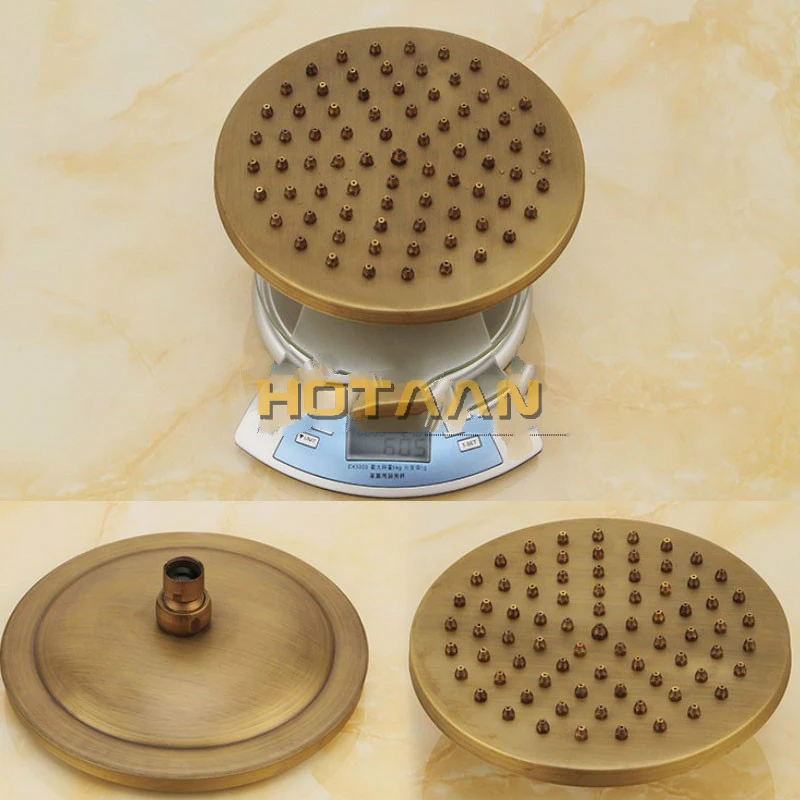Selecting the Right High-Temperature Stainless Steel Ball Valve for Your Needs
valve stem cap
valved muffler
zeco valve
water solenoid valve
When it comes to high-temperature applications, choosing the right valve is crucial to ensure safety, efficiency, and longevity. High-temperature stainless steel ball valves have become a popular choice due to their heat resistance and corrosion resistance. However, not all high-temperature stainless steel ball valves are created equal. In this blog, we’ll explore the factors to consider when selecting the right valve for your specific high-temperature needs.
Understanding Your Application Requirements
The first step in selecting the right high-temperature stainless steel ball valve is to understand the specific requirements of your application. Consider factors such as the type of fluid or gas being controlled, the temperature and pressure conditions, and any corrosive or abrasive properties of the media. Knowing these details will help you narrow down your options.

Material Selection
Material choice is paramount when it comes to high-temperature applications. Stainless steel is the material of choice due to its exceptional heat resistance and corrosion resistance. However, there are various grades of stainless steel, and the selection should be based on the specific temperature and chemical compatibility requirements of your application. Common stainless steel grades for high-temperature applications include 316, 321, and 347 stainless steel.
Valve Design and Configuration
Consider the valve design and configuration that best suits your needs. High-temperature stainless steel ball valves come in various designs, such as two-piece, three-piece, and one-piece. The choice depends on factors like ease of maintenance, installation requirements, and the ability to withstand high-temperature conditions. Three-piece designs, for example, allow for in-line maintenance, while one-piece designs offer simplicity.
Seat and Seal Material
The seat and seal material plays a critical role in the performance of high-temperature stainless steel ball valves. The material should be chosen for its ability to withstand high temperatures and maintain a tight seal. Common seat and seal materials for high-temperature applications include reinforced PTFE (polytetrafluoroethylene) and graphite.
Certifications and Standards
To ensure the valve meets industry standards and safety requirements, look for certifications and compliance with relevant standards. For high-temperature applications, it’s essential to consider valves that adhere to high-temperature and pressure-related standards. Examples include API 6D for pipeline valves and ISO 15848 for industrial valves.
Selecting the right high-temperature stainless steel ball valve for your needs is a critical decision that can significantly impact the performance and safety of your processes. By understanding your application requirements, choosing the appropriate stainless steel grade, valve design, seat and seal materials, and ensuring compliance with relevant standards, you can make an informed decision. Keep in mind that consulting with valve experts and manufacturers can provide valuable insights and assistance in selecting the ideal high-temperature stainless steel ball valve for your specific high-temperature application.


